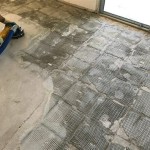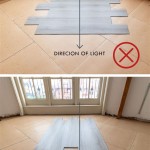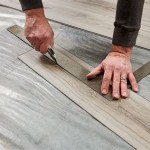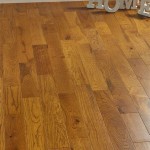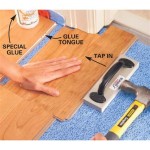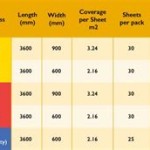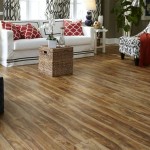Essential Aspects of Choosing the Right Board for Attic Flooring
Transforming your attic into a functional living space or storage solution begins with selecting the appropriate flooring material. While various options are available, choosing the right board for attic flooring is crucial to ensure durability, stability, and ease of installation. Here are the essential aspects to consider when making your decision:
1. Strength and Durability
Attic flooring must withstand not only foot traffic but also potential heavy storage items. Look for boards with a high load-bearing capacity, such as plywood or oriented strand board (OSB). These materials exhibit exceptional strength and stiffness, making them ideal for supporting heavy loads.
2. Moisture Resistance
Attics are prone to fluctuations in temperature and humidity, which can lead to moisture buildup. Opt for boards with high moisture resistance, such as pressure-treated plywood or OSB. These boards are treated with chemicals that resist warping, rot, and mold, ensuring longevity in moisture-prone environments.
3. Thickness and Span Rating
The thickness of the board determines its load-bearing capacity and stability. Thicker boards can span longer distances between joists, reducing the need for additional support. Consider the span rating of the boards, which indicates the maximum distance they can span without sagging or flexing.
4. Edge Treatment
The edges of the boards should be treated to prevent chipping, splitting, or fraying. Look for boards with tongue-and-groove or square-edge treatment. Tongue-and-groove boards provide a secure interlocking connection, while square-edge boards require additional fasteners.
5. Insulation Value
If you plan to use the attic as a living space, consider the insulation value of the boards. Some boards, such as rigid foam insulation boards, offer additional thermal insulation, reducing heat loss and energy consumption.
6. Cost and Availability
The cost of the boards is an important factor to consider. Plywood and OSB are generally more expensive than particle board or fiberboard. However, they offer superior strength, durability, and moisture resistance. Assess the availability of the boards in your area and compare prices from different suppliers.
7. Ease of Installation
Opt for boards that are easy to cut and install. Tongue-and-groove boards can be quickly installed using a nail gun or screws, while square-edge boards require additional time and effort to secure. Consider your skill level and the tools available when choosing the boards.
Conclusion
Selecting the right board for attic flooring requires careful consideration of several factors, including strength, moisture resistance, thickness, edge treatment, insulation value, cost, and ease of installation. By considering these aspects, you can ensure that your attic flooring is durable, stable, and meets your functional and aesthetic needs.

Attic Flooring 101 All You Need To Know Bob Vila

Easy Attic Flooring With Dek

Easy Attic Flooring With Dek

How To Install A Floor In Your Loft Or Attic Esb Flooring

Loft Boarding And Flooring Guide Attic Board Benefits For 2024

The Best Flooring For An Attic Ehow

Loft Boarding And Flooring Guide Attic Board Benefits For 2024

Attic Flooring 101 All You Need To Know Bob Vila

What Size Plywood For An Attic Floor Hunker

Attic Flooring Dublin Storage Installers
See Also
